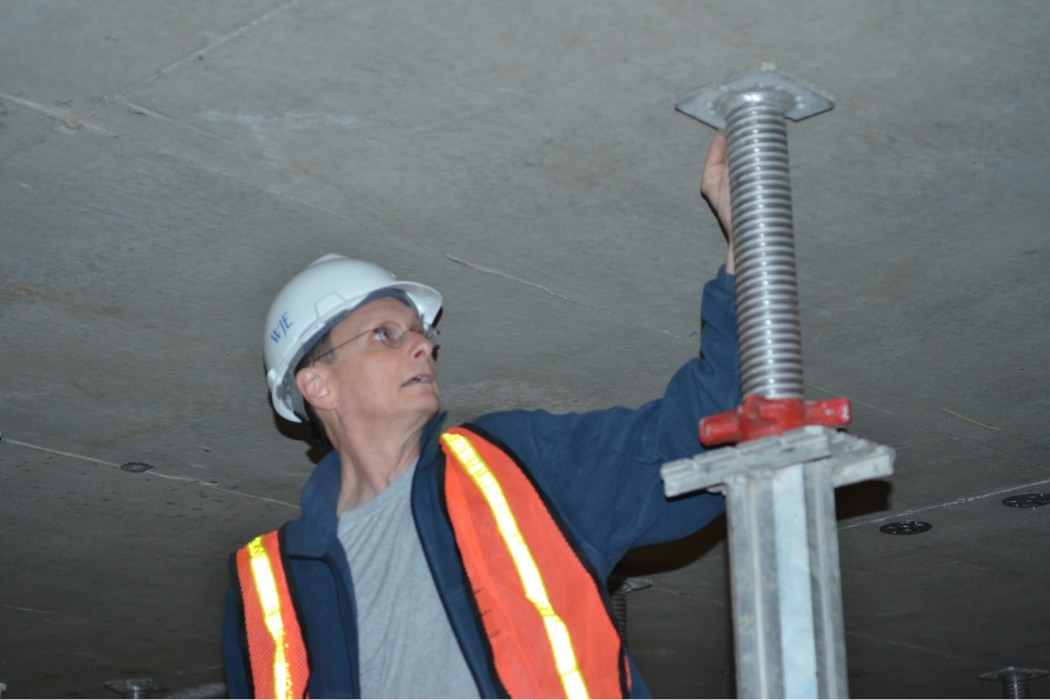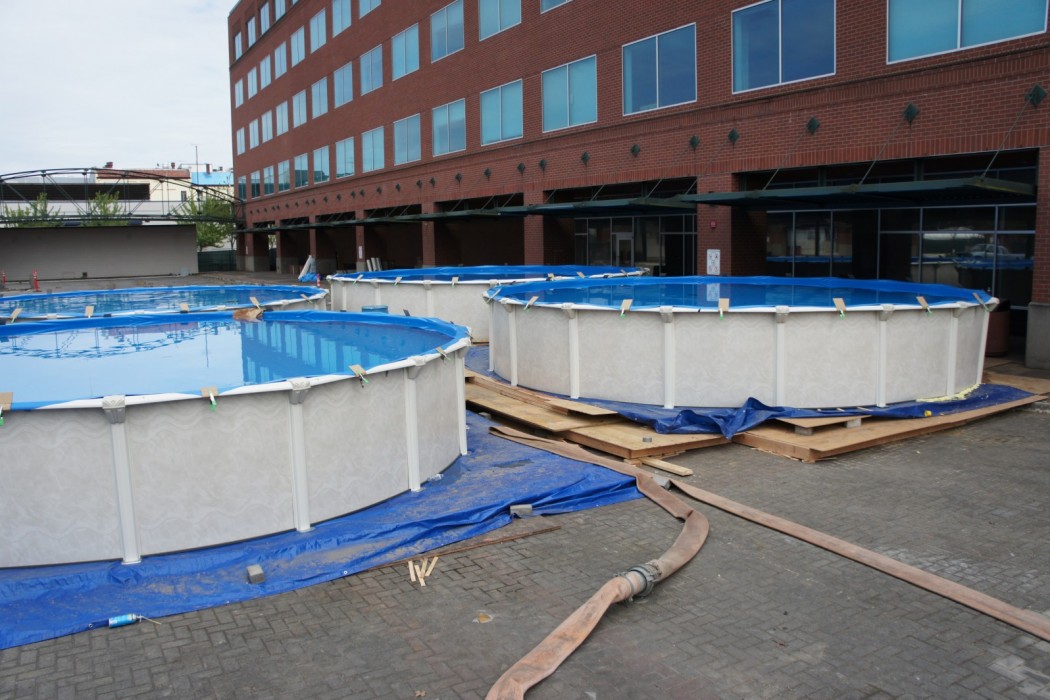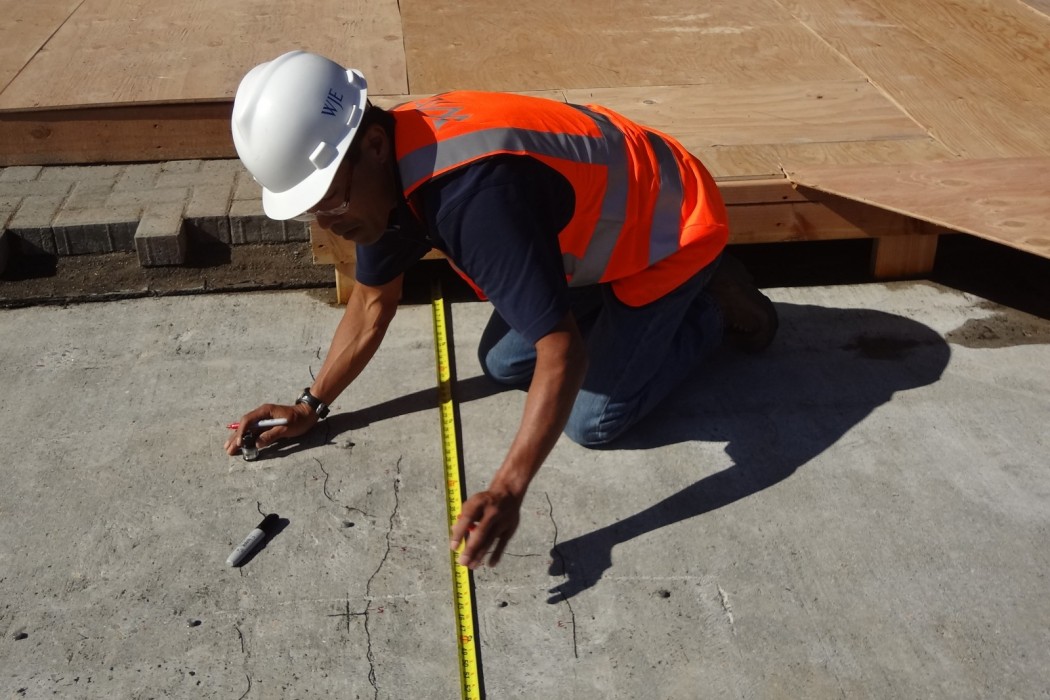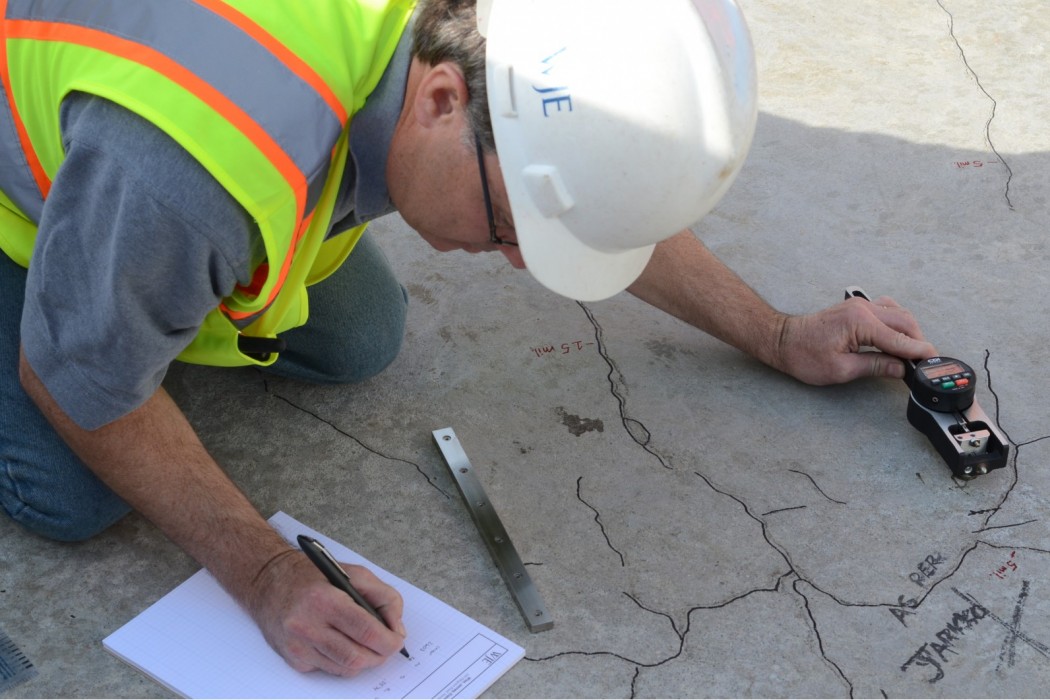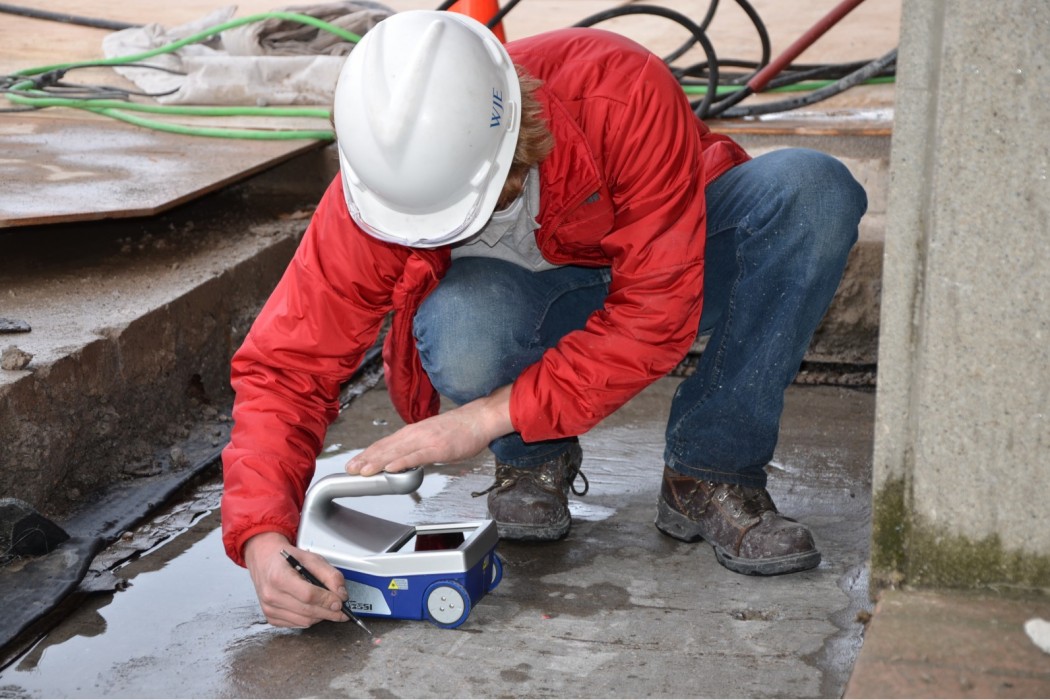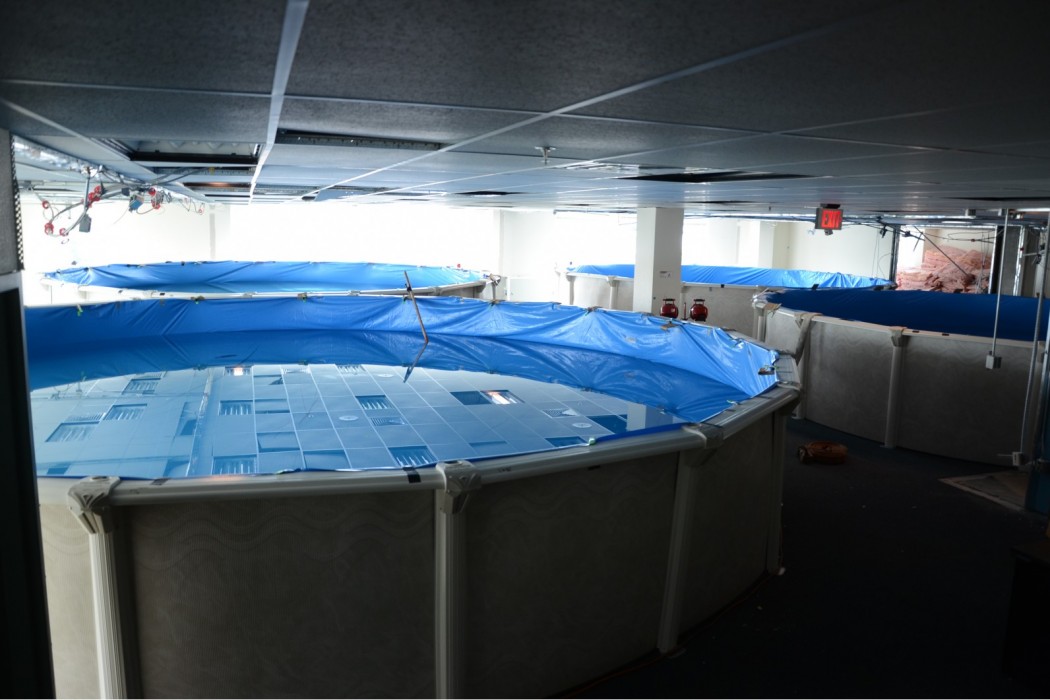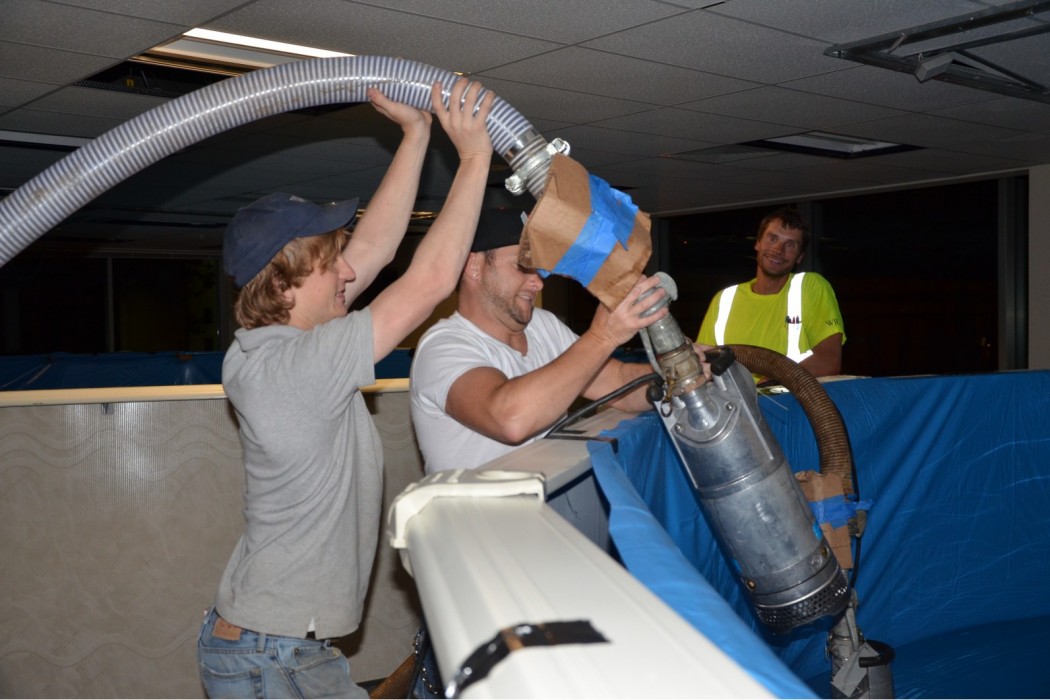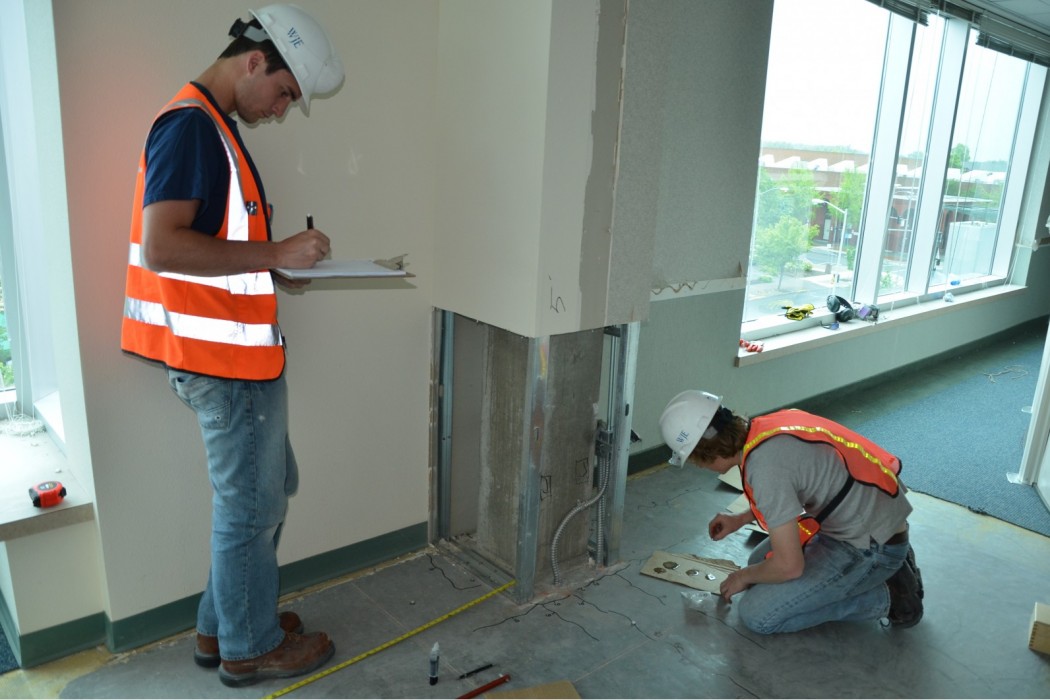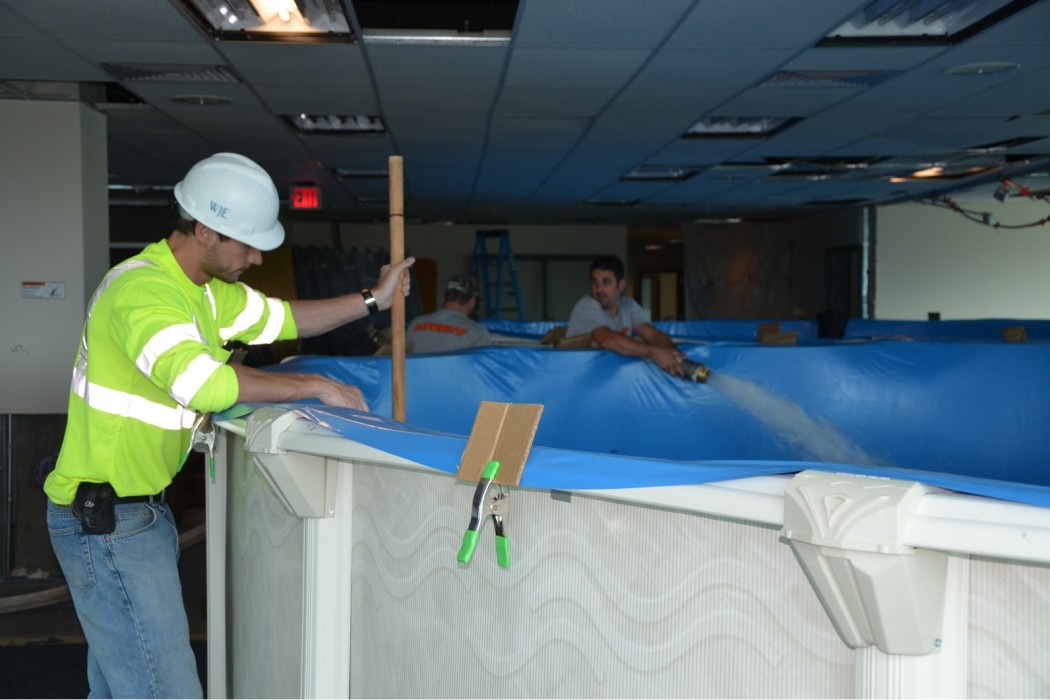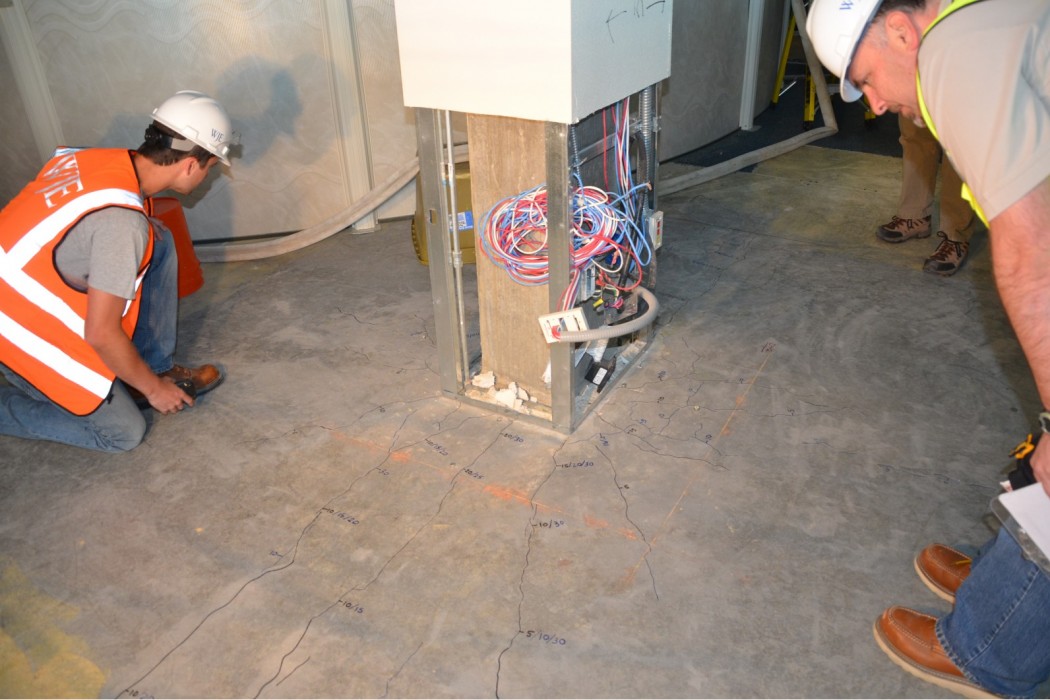WJE PROJECTS
Courthouse Square
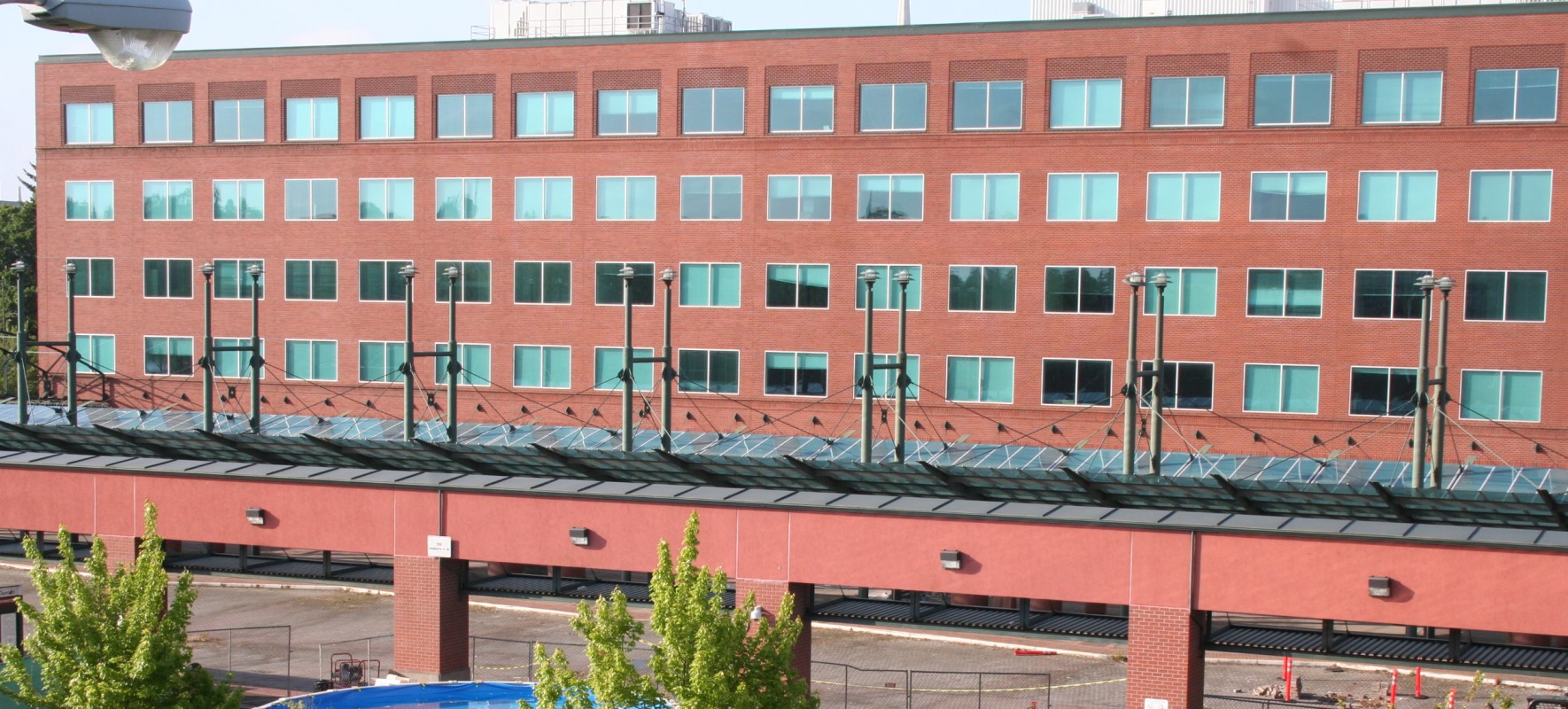

CLIENT |
Affiliated FM Insurance Company |
LOCATION |
Salem, OR |
Investigation of Damage Claims
Due to an increasing number of reported problems, the County filed a lawsuit against the original contractor and other parties, including the designer. Litigation continued for several years. When engineers working for the County concluded that the structures were unsafe due to low strength concrete, punching shear overstress in the floor slabs, and inadequate column capacities, the County vacated the property. Affiliated FM, the property's insurance carrier, contacted WJE and requested a thorough investigation of the property and claimed damages.
BACKGROUND
Courthouse Square in downtown Salem, Oregon, is a 163,000-square-foot structure comprised of an office building, a bus mall, and a pedestrian mall situated above a single level of subterranean parking. The property provided office space to county agencies, served as the regional transit hub, and was Marion County's core computer data center. The building's floors are formed by 10-inch post-tensioned flat plate elevated floor slabs that are supported by reinforced concrete columns and walls. In the office building, the 10-inch floor slabs span 38 feet. Shortly after the property opened, cracking was reported in wall, ceiling, and floor finishes.
SOLUTION
Over a two-year period, WJE completed an exhaustive investigation of the structures' history, current condition, and cause of reported distress. A plan for computer modeling and field testing was developed to better understand the behavior of the three structures. Testing included condition surveys, plumbness and levelness surveys, concrete coring and core compression testing, verification of tendon drape, and pull-testing of representative tendons. The testing culminated in the load testing of each structure.
Overall, the post-tensioned slabs of each of the three structures were adequate to support their design loads. Serviceability issues were found to be predictable outcomes of the original design and construction, which included improper shoring practices and a post-tensioned slab design that accounted for twice the dead load of the slabs.
WJE's pragmatic approach to the investigative and analytical work provided value to the client. Structural safety was evaluated using the actual characteristics of the designed structures, followed by load tests that demonstrated that WJE's analysis and understanding of the building were correct. A comprehensive final report was provided to the client that addressed structural safety, serviceability, future behavior, and the influence of design and construction on the present-day condition of the property.
RELATED INFORMATION
-
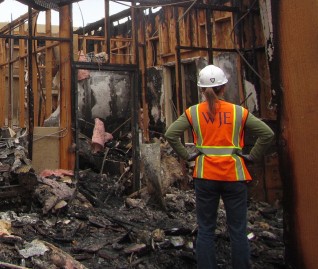 Thousands of clients have relied on us to accurately determine the cause and extent of damage... MORE >Services | Failure and Damage Investigation
Thousands of clients have relied on us to accurately determine the cause and extent of damage... MORE >Services | Failure and Damage Investigation -
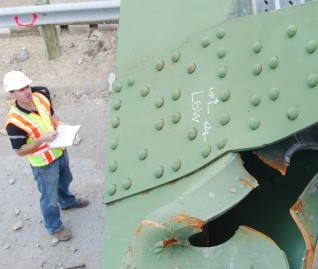 When the integrity or condition of a structure is in question, clients rely on us for answers MORE >Services | Structural Engineering
When the integrity or condition of a structure is in question, clients rely on us for answers MORE >Services | Structural Engineering -
 We provide clients with accurate, actionable answers through a spectrum of in situ load testing... MORE >Services | Structural Load Testing
We provide clients with accurate, actionable answers through a spectrum of in situ load testing... MORE >Services | Structural Load Testing





































